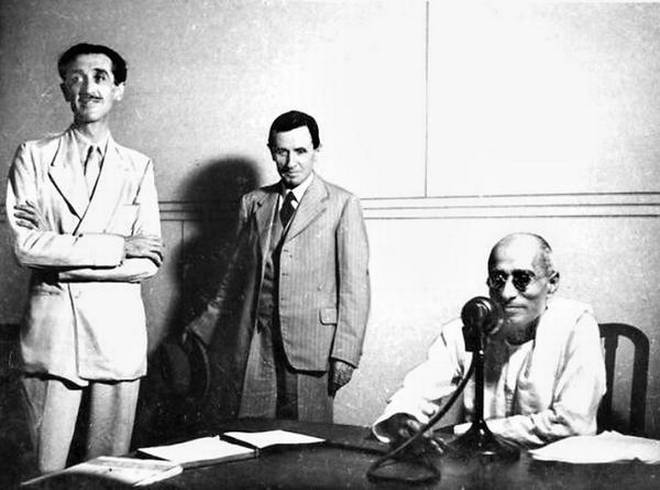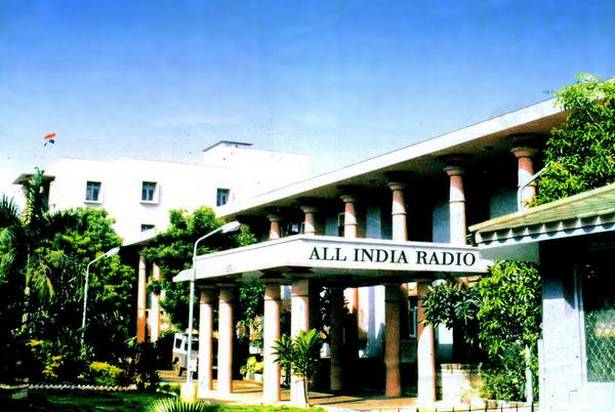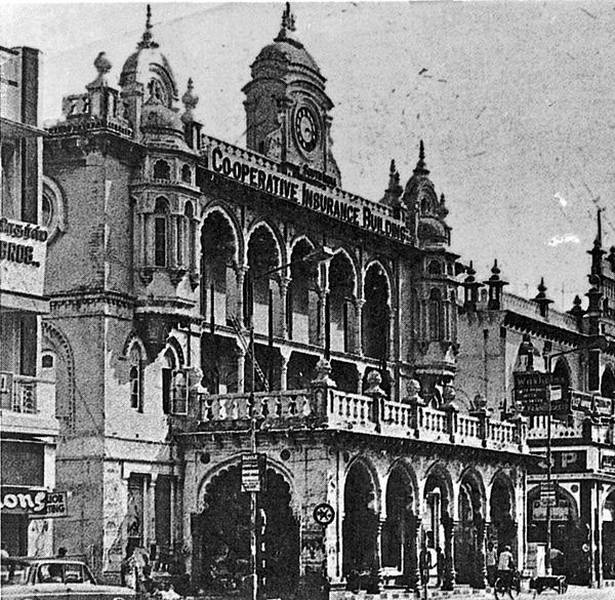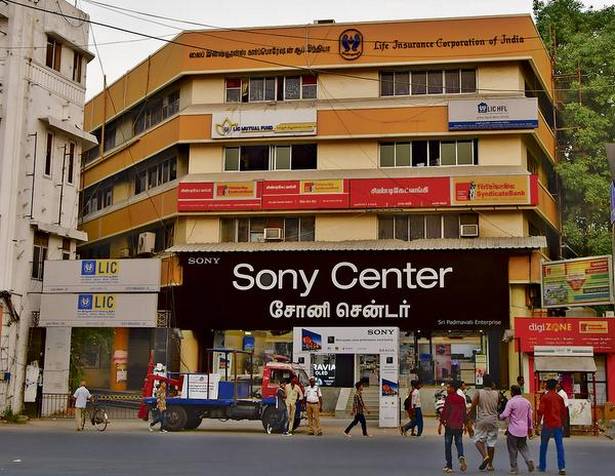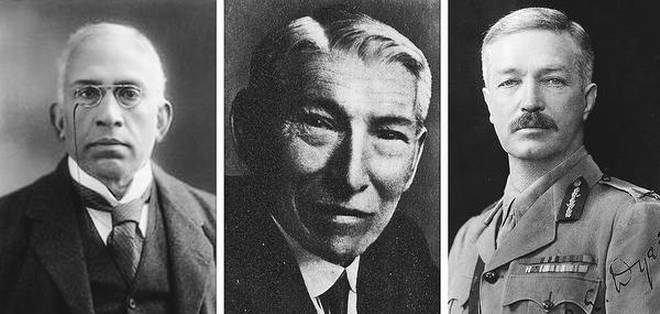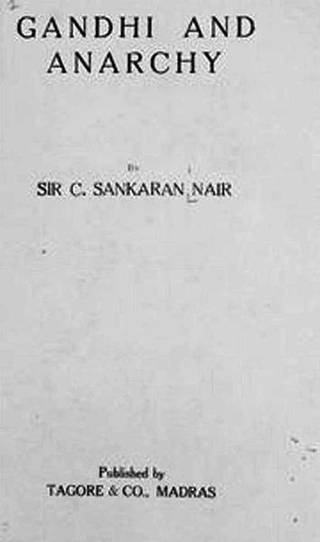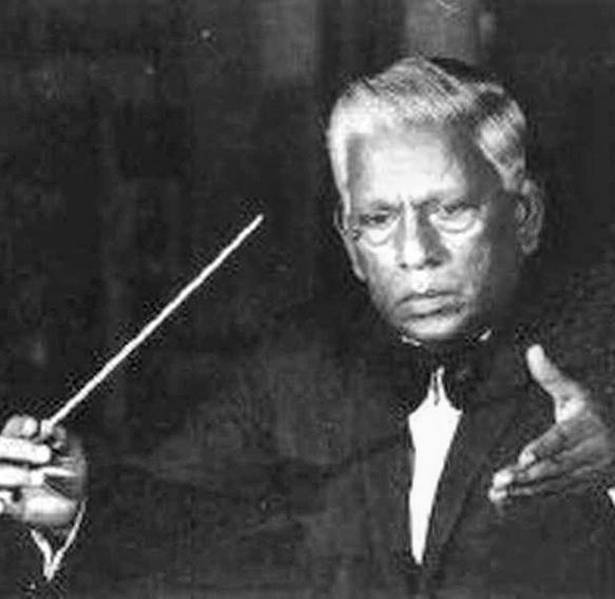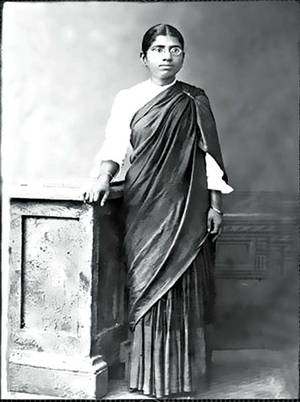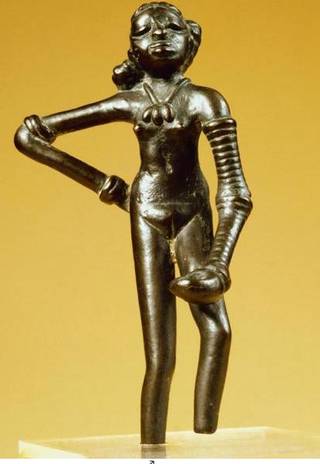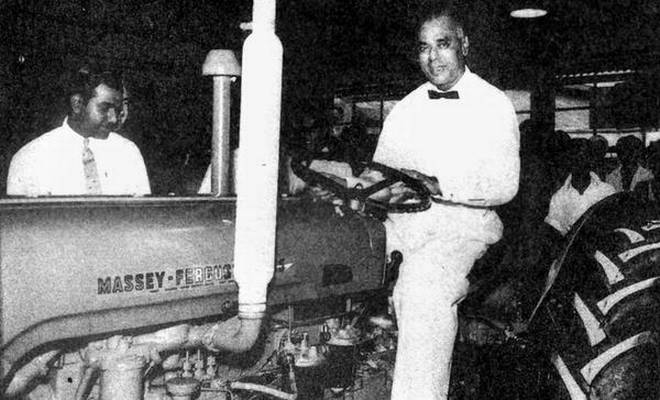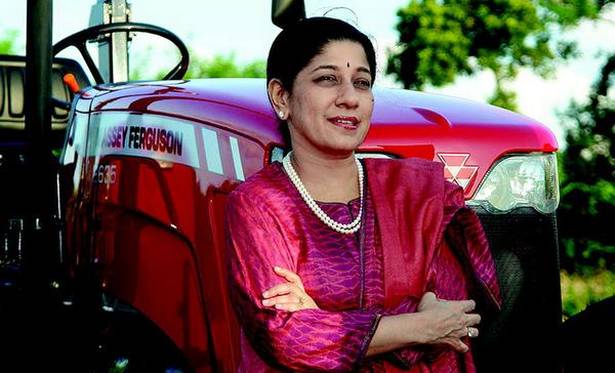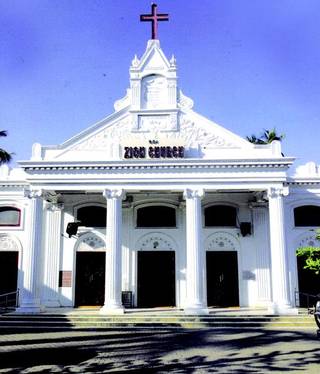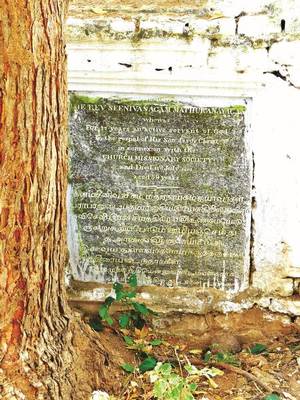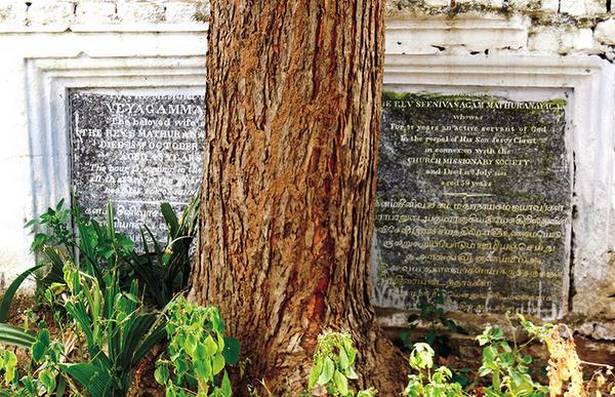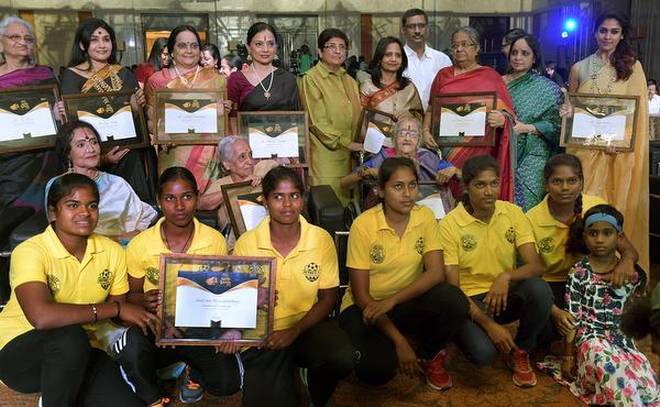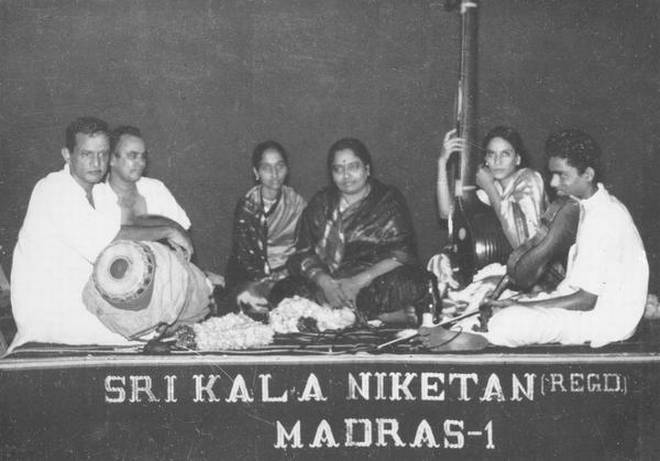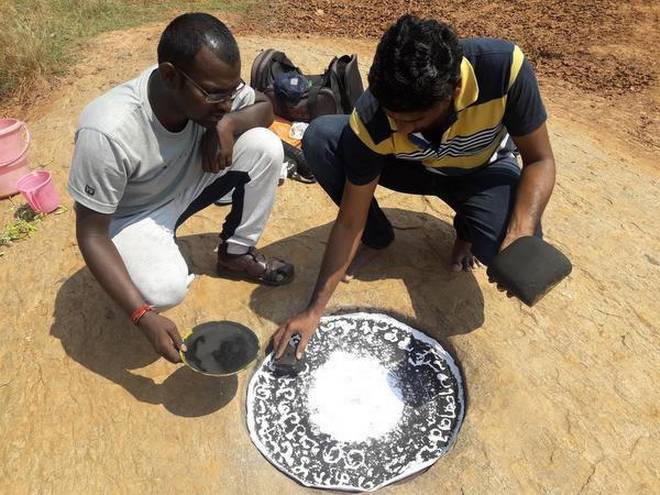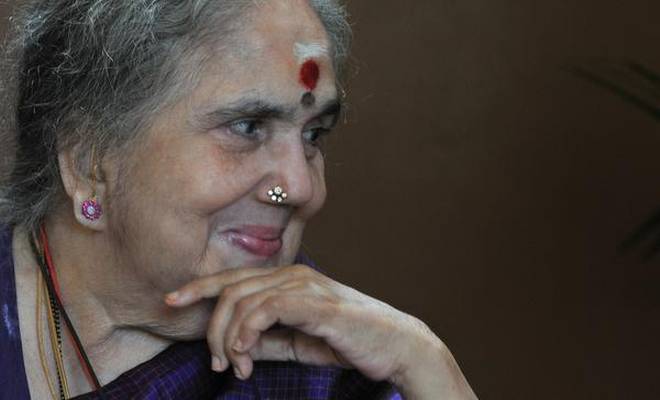June next year will see All India Radio (AIR) Madras/Chennai celebrate its 80th birthday. The station had evolved from the first broadcasting service in India, V Krishnaswamy Chetty’s Madras Presidency Radio Club established in 1924. It made its first broadcast from Holloway’s Garden in Egmore on July 31. The Club was rescued from financial difficulties in 1927 by the Madras Municipal Corporation which ran it till AIR put down roots in Madras.
AIR itself celebrated the 80th birthday of its naming last year. Lionel Fielden, an Oxonian from the BBC, arrived in India in 1935 to head what had been set up in 1930 as the Indian State Broadcasting Service (ISBS). He thought the name not catchy enough. But to change a Viceroy-approved name was not the done thing. He relates how he got it done:
“I cornered Lord Linlithgow after a Viceregal banquet and said plaintively that I was in great difficulty. … I said I was sure he agreed with me that ISBS was a clumsy title. … But I could not, I said, think of another title; could you help me? … It should be something general. He rose beautifully to the bait. ‘All India?’ I expressed my astonishment … [It was] the very thing. But surely not ‘Broadcasting?’ After some thought he suggested ‘Radio’. Splendid, I said, and what beautiful initials.” (Fielden in The Broadcasting in India, Awasthy G. C., 1965).
Much of that may have been related tongue-in-cheek, but he was more serious — and possibly prophetic — when, as Controller of Broadcasting, he wrote an article for The Hindu’s supplement to mark the inauguration of AIR (Madras). In the article on the future of Carnatic music, written as a letter to the Station Director, Madras, in 2,500 AD, he said:
“I fear that in your day (2,500 A.D.) Indian music as we know it will be forgotten. I can only say we are doing our best to save it. The impact of the West in our time is strong enough to make it clear that the younger generation is drifting into an easy acceptance of Western harmonies and moving away from the static and intricate melodies — often too prolonged — of their own tradition. It seems that if Indian music is not to be drowned by the clangours of jazz, the addition of harmony — or at any rate some growth and progress in that direction — is essential. I do not mean by this that there is any failure to recognise the inherent beauty and individualism of Indian Classical music and the inestimable value of its freedom in improvisation. The trouble is that the Sangit Vidwans refuse to accept the necessity for any measure of adaptation and persist in their contention that Indian music has already reached perfection. Acrobatic feats of the larynx, no matter what quality of voice, are accepted as sufficient indications of a perfected art. In these days of mechanical reproduction and rapid communication, the musical language of four continents cannot but exert pressure on the fifth and while Indian classicists still insist on long performances — stretching to even three hours for a single musician — and ignore the necessity of proper voice production, the youth of India is in danger of forgetting its own musical language altogether.”
A sahib from on high speaking down to the natives, or prophetic? I’m no music fan, so I don’t know. Perhaps Sriram V would like to respond.
_______________________________
The uncivil civil servant
My reference to Sir Chettur Sankaran Nair (Miscellany, April 30) had MN Nair wondering whether I had heard of Sir Sankaran Nair’s distant cousin, SK Chettur, ICS, who on one occasion had been not only uncivil but vindictive. I had indeed heard the story, but it is worth repeating.
In January 1939, when Chettur was a Sub-Collector, he and his wife and a friend went to an event in Palghat being held as part of the Sri Thyagaraja Festival. When an usher noticed Chettur and his friend smoking, he namaskaramed to them and politely requested them to stop smoking as it was not appropriate to do so on what was a semi-religious occasion. The friend put out his cigarette, but Chettur continued smoking. When several in the audience started shouting at him to stop smoking, the Chetturs and their friend walked out. Outside the temporary pandal, Chettur shouted for the usher and asked him to apologise. In his stead, the organisers apologised, but Chettur walked away in a huff followed by his wife and friend.
The next day, January 11, The Hindu reported, “Sensation prevails in Palghat following the demolition of the entertainment pandal put up at the Ram Dhyan Matom in Kalapathy Agraharam on the order of the Sub-Divisional Magistrate of Palghat (Chettur). The pandal had been put up in connection with the Sri Thyagaraja festival which commenced yesterday.” The report followed the Police informing the organisers that, despite having Municipal permission for it, they had to dismantle it by 4 pm. The organisers rushed to Chettur and apologised all over again. All he would say was that his order stood. And the organisers carried them out in front of a large posse of policemen who were there to keep protesters out.
A few days later, “A memorial on behalf of the citizens of Palghat” was submitted to the Prime Minister (as Chief Ministers were then titled) stating the facts. What Prime Minister Rajagoplachari had to reply is not known, but the next we hear is of a two-column long letter in The Hindu from nine citizens of Palghat reiterating the facts.
Then came the sting in the tail. The Police registered a case against the organisers for “Putting up a pandal in the public street and obstructing traffic.” I am sure the Sub-Divisional Magistrate would have found in favour of the Police.
The chronicler of Madras that is Chennai tells stories of people, places, and events from the years gone by, and sometimes, from today.
source: http://www.thehindu.com / The Hindu / Home> Society> Madras Miscellany – History & Culture / by S. Muthiah / May 21st, 2018
